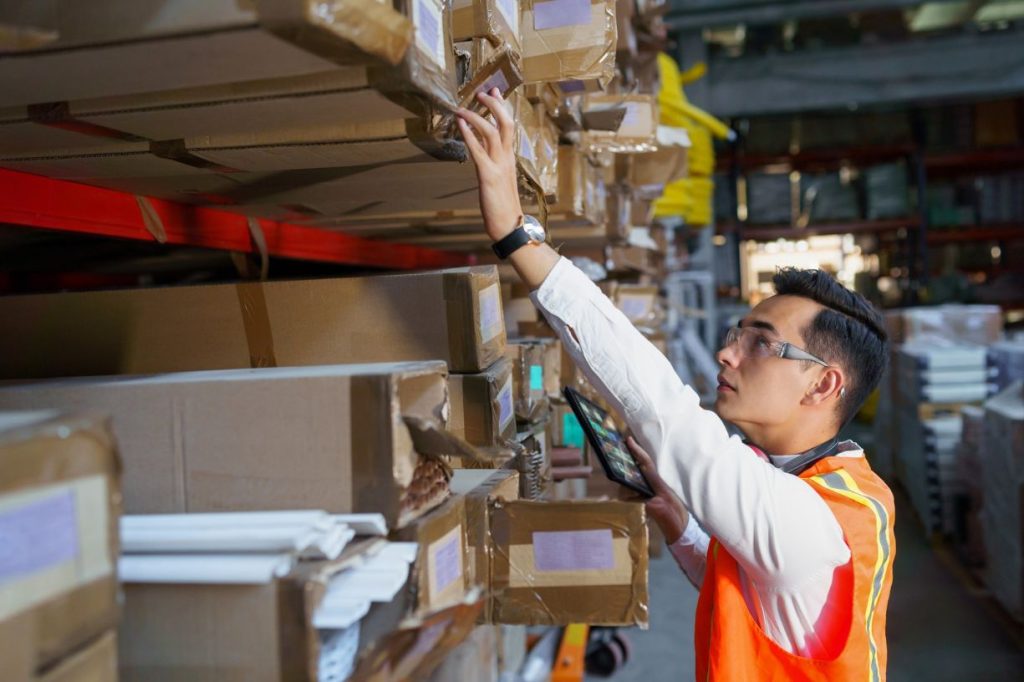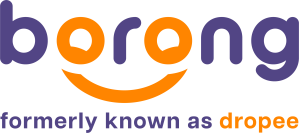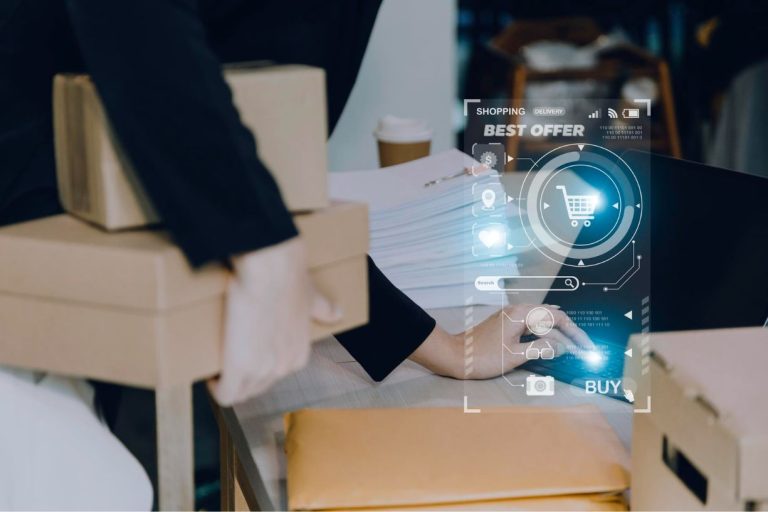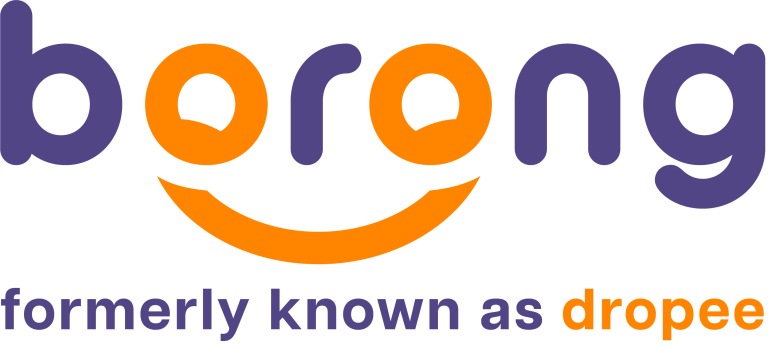Digitalisation has transformed industries globally—not only in modern startups or tech-based companies but also in the most fundamental processes like procurement. This digital shift in acquiring goods and services is known as the e-procurement system, and it has become an essential backbone for businesses in the modern age.
For retailers, wholesalers, and suppliers in Malaysia, adopting an e-procurement system isn’t just a trend—it’s a necessary step toward streamlining operations, increasing profitability, and staying competitive. This article will walk you through everything you need to know about e-procurement: from definitions and benefits to real-world case studies and implementation tips tailored for B2B players.
What is an E-Procurement System?
An e-procurement system is a digital platform that enables businesses to procure goods and services electronically. Unlike traditional procurement methods, which are manual and paper-based, this system allows companies to handle requests, purchase orders, and approvals entirely online.
It is primarily designed for B2B transactions, creating a controlled environment where only registered suppliers and buyers can participate. Unlike open e-commerce platforms, an e-procurement system provides a secure, centralised interface for selected suppliers to submit quotations, receive orders, and manage contracts.
Through automation, this system helps businesses manage supplier relationships more efficiently and facilitates all activities—from bidding and ordering to invoicing—via a single digital channel.
Also read: 3 Strategies to Manage Supply Chain Disruptions for Retailers
E-Procurement vs. Traditional Procurement: What’s the Difference?
The core distinction lies in execution. Traditional procurement is manual, time-consuming, and often riddled with paperwork and face-to-face meetings. An e-procurement system eliminates physical constraints and enables businesses to execute procurement processes faster and more efficiently online.
Here are key differences:
| Traditional Procurement | E-Procurement System |
| Manual and paperwork-heavy | Fully digital and cloud-based |
| Slower due to in-person approvals | Faster thanks to automated workflows |
| Vendor discovery through offline means | Vendor database is integrated and searchable |
| Risk of document loss or duplication | Centralised digital documentation |
| Limited tracking of order progress | Real-time order tracking and audit trails |
For Malaysian business owners, this shift offers a pathway to improve efficiency and maintain a competitive edge in fast-moving markets.
Types of E-Procurement in Business
Not all procurement activities are the same. Depending on your industry and operational needs, here are the four primary types of e-procurement systems used by modern businesses:
- Direct Purchase: Involves procuring raw materials or components that are essential to your core business operations.
- Indirect Purchasing: Focuses on non-production essentials such as office supplies, maintenance services, or software licenses.
- E-Auction or Tender-Based Procurement: In this model, suppliers compete in an online bidding environment to offer the best prices for goods or services.
- Business-to-Government (B2G) Procurement: Specific to public sector procurement, which requires compliance with government regulations and often follows stricter standard operating procedures.
Each type of e-procurement system serves a distinct role, and understanding them can help you better structure your sourcing strategies.
4 Key Benefits of an E-Procurement System

Implementing a digital procurement solution offers clear, tangible benefits. Here are four critical advantages that an e-procurement system brings to your business:
1. Cost and Time Efficiency
By digitising procurement workflows, you remove the bottlenecks caused by manual approvals, paperwork, and supplier coordination. Processes that used to take weeks can now be completed in minutes.
2. Enhanced Transparency and Accountability
An e-procurement system offers complete visibility into each step of the procurement process. Authorised personnel can easily track requests, approvals, and delivery timelines, reducing the risk of fraud or error.
3. Improved Vendor and Contract Management
All vendor interactions are documented and stored in one place. Need to revisit a previous transaction or compare suppliers? The system enables easy access to historical data and contract details, supporting informed decision-making.
4. Increased Business Competitiveness
Efficient procurement means faster product availability, better pricing, and fewer errors. These advantages compound over time to strengthen your overall business performance and market position.
Also read: Grow your Business with Borong Direct
The Future of E-Procurement Technology
The evolution of the e-procurement system is closely linked with advancements in digital technologies. Here’s what’s shaping the future of procurement:
- Cloud Computing: Enhances system scalability and data storage.
- Artificial Intelligence (AI): Optimises supplier selection, price comparison, and fraud detection.
- Machine Learning (ML): Predicts procurement needs and automates reorders.
- 5G Technology: Enables faster data transmission and real-time collaboration.
- API Integration: Seamlessly connects procurement systems with ERP, accounting, and inventory software.
For Malaysian B2B enterprises, embracing these trends ensures resilience and adaptability in an increasingly digital economy.
4 Common Challenges in E-Procurement Implementation
Despite the many benefits, adopting an e-procurement system also comes with its challenges:
- High Initial Implementation Costs
Building or adopting a comprehensive system may require upfront investment in infrastructure and software. - Infrastructure Requirements
Reliable internet, compatible hardware, and integration capabilities are essential. - Cybersecurity Risks
Procurement systems hold sensitive vendor and financial data, making them potential targets for cyber threats. - User Adaptation and Training
Employees must be trained to use the new system efficiently, which could require time and resources.
However, for most organisations, the long-term savings and efficiency gains far outweigh these hurdles.
Real-World Case Study: Petronas and Borong Direct
One compelling example of e-procurement success comes from Petronas, Malaysia’s leading oil and gas corporation. Previously reliant on manual tender processes, Petronas faced extended delays in sourcing spare parts—leading to project backlogs and cost overruns.
To address this, Petronas adopted the Borong Direct e-procurement system through the Borong Procurement Hub.
Results Achieved:
- Procurement Time Reduced: What once took months can now be completed in 5 minutes—from searching and comparing to approval and ordering.
- 30% Cost Savings: Streamlined processes and better supplier visibility led to significant reductions in procurement spend.
- Over 1,000 Certified Suppliers Onboarded: The internal marketplace now supports seamless supplier management.
- Automated Documentation: Purchase orders, invoices, and receipts are generated automatically.
- Simplified Approvals: Fully integrated with Petronas’ internal governance, ensuring compliance without slowing processes.
This successful implementation demonstrates how a robust e-procurement system can transform large-scale operations and deliver measurable outcomes.
How to Choose the Right E-Procurement System

With many options available in the market, selecting the right system can be daunting. Here are six tips to guide your decision:
- Feature-Rich Platform
Ensure the system aligns with your specific operational needs—from inventory tracking to supplier evaluation. - Seamless System Integration
It should integrate smoothly with existing business applications such as ERP or accounting software. - Reliable After-Sales Support
Choose a vendor with responsive customer service and technical support. - User-Friendly Interface
An intuitive design will reduce training time and increase user adoption. - Scalability
Whether you’re a small retailer or a large distributor, your system should support future growth. - Compliance Certification
Look for systems with ISO or equivalent certifications to ensure quality and security standards.
Also read: How Does Borong Support Local MSMEs in Malaysia?
Borong Direct: Your Practical E-Procurement Solution
If you’re looking for a reliable e-procurement system tailored for the Malaysian market, Borong Direct is a smart choice.
Built with B2B users in mind, Borong Direct offers:
- Internal Marketplace: Streamlined access to your pre-approved suppliers.
- Order Management System (OMS): Real-time order processing, tracking, and reporting.
- Automated Documentation: Eliminate human error with auto-generated invoices and receipts.
- Comprehensive Vendor Management: Maintain a clear, historical database of supplier performance and pricing.
From inventory control and payment automation to real-time approvals and compliance tracking, Borong Direct empowers your team to run procurement operations more efficiently than ever.
Is It Time to Embrace E-Procurement?
For Malaysian business owners in retail, distribution, or supply sectors, adopting an e-procurement system is no longer optional—it’s strategic. From cost savings and process optimisation to enhanced supplier relationships and compliance, the benefits are far-reaching.
By transitioning to a reliable e-procurement solution like Borong Direct, your business will not only gain operational advantages but also boost long-term competitiveness in today’s fast-paced digital economy.
Want to transform your procurement process today?
Explore how Borong Direct can help your business unlock the full potential of a robust e-procurement system.


